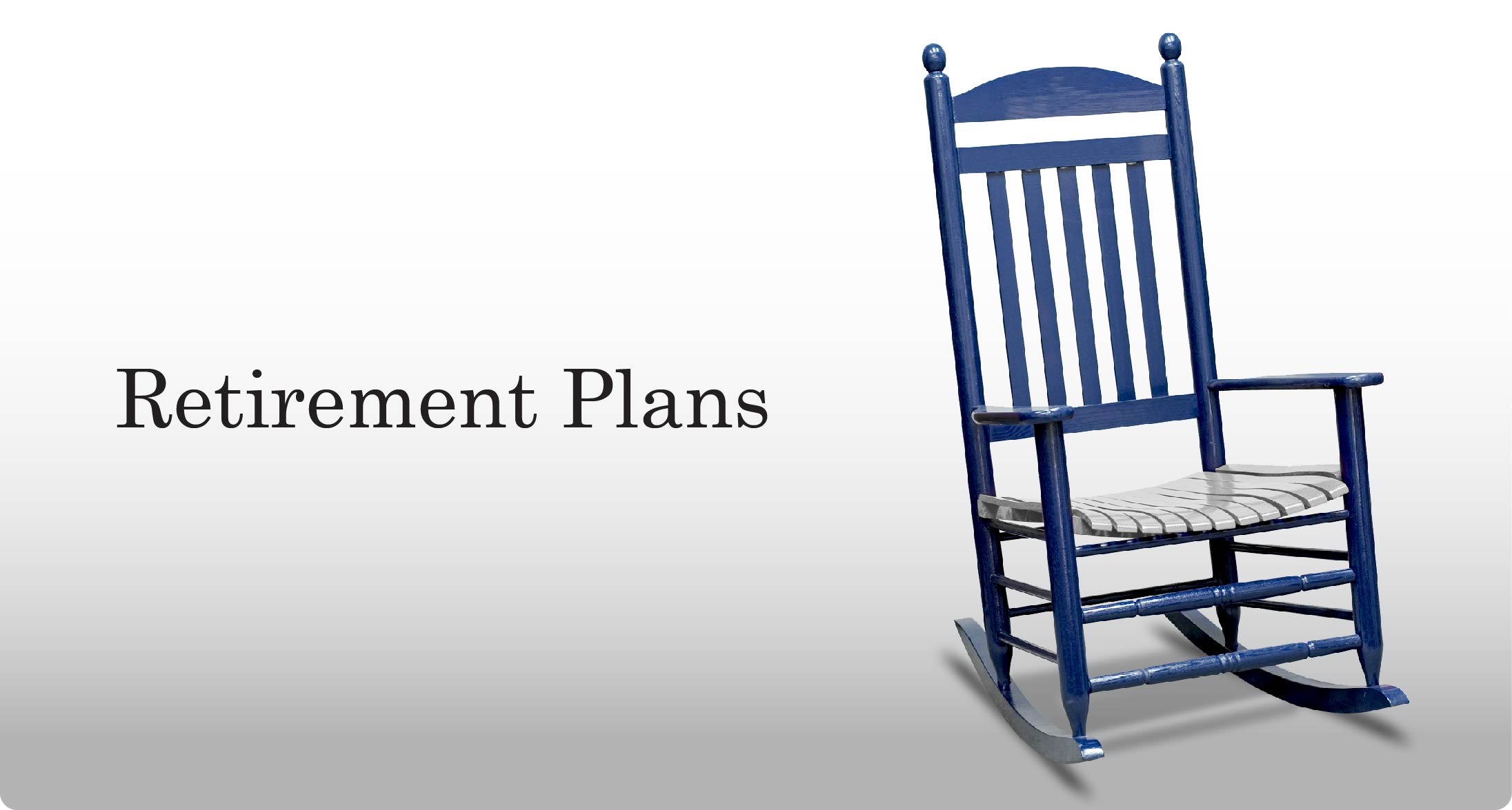I
f you are young and have just started working, you should start your pension now by putting away a percentage of your salary each month. Check if your current job provides an occupational pension plan.
Pension plans: what I have to do?
The next step is to decide on the type of pension that’s right for you. If you are an employee you may be able to join a pension scheme provided by your employer. The advantage to an employer pension scheme is that your employer will usually make a contribution in addition to your own contributions, which increases the value of your fund.
Many people would rather not have to think about retirement, let alone its accompanying responsibilities like pension plans.
Yet this is not the most constructive way to deal with the issue of retirement, because unfortunately it will eventually visit itself on most people and that is why everyone should have a good pension plan when that fate eventually makes its presence known.
Different plans
If you have a pension plan with your employer, it is a good idea to find out how it might be affected if you were to change your working arrangements or take a career break.
The most suitable pension plan for you will depend on your employment details. There are two main kinds of pension: Personal pensions are only available to the self-employed, workers whose employer does not offer a company pension scheme for them or workers who have decided not to join their employer's scheme.
Executive pensions are available to people whose employers have a scheme in place or are willing to put one in place.
The light at the end of this dreaded tunnel is that there are all kinds of plans available that employers offer their employees, and what’s more is that one needn’t bear the financial burden of saving for one’s retirement since employers are obliged to contribute a certain percentage towards one’s pension fund.







